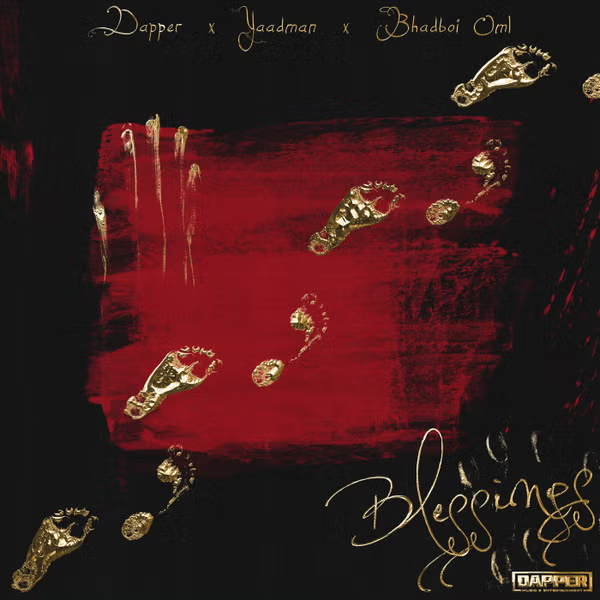Snake museum is one of the most peculiar temples and probably the only one of its kind in the world. The temple is such an important attraction that it could not be shifted when the Bayan Lepas Main Road was realigned, creating present-day Jalan Sultan Azlan Shah. That remnant portion is now known today as Jalan Tokong Ular, named after the temple.
The Penang Snake Temple is about three km from the airport in Sungai Kluang, Bayan Lepas. Built
in honour of Chor Soo Kong, a Buddhist priest and healer, legend has it that the monk gave shelter to the snakes and when the temple was completed after his death, they moved in on their own.
After that, the snakes were believed to the disciples of the priest, so it became the home to several resident venomous Wagler’s pit vipers and green tree snakes.
The temple is also known as the Temple of the Azure Cloud or Pure Cloud Temple and was constructed in 1850 as a result of a generous donation from a Scotsman, David Brow
n, whom Chor Soo Kong is said to have healed of an incurable disease using local medicine.
Some say the Penang Snake Temple is a misleading moniker because it’s not a pulse-quickening place to explore – after all, when you hear about a snake temple, most people expect pythons coiled around effigies and rattlers jangling away
. In
stead, the temple is a tranquil spot (as much as it can be with slithering snakes around).
At the entrance of the temple there’s a big incense burner which fills the main prayer hall with ‘smoke’: the incense that wafts through, acts as a tranquillizer, making them appear motionless, even asleep.
Additionally, there are stat
ues and carvings that make for great photo opportunities – check out the 600-lb bell in the main hall, brought from China in 1886 during the Manchurian Dynasty.
It is rung on the first and 15th of every month in the Chinese calendar, as an invitation for those departed to pray. At the back of the temple is a snake ‘pool’ filled with fruit trees – take a closer look at the trees to see snakes c
oiled around the branches.
Nowadays it is hard to determine the amount of snakes that live in the temple grounds. Some say that the temple’s population is declining due to the rapid development that is disturbing the snakes’ natural habitat.
However, during festivals you’ll see more of them, probably due to the extra offerings available. At night they slither about eating offerings, so during the day they’re reportedly too worn out to do more than lay around.
Prayers at the temple begin as early as 05:00, when devotees pay homage to the deity by chanting the
su
tras.














![RAINMAKERS? SEE The Scary Way People In This Tribe Ask For Rain [PHOTOS]](https://www1.illuminaija.com/wp-content/uploads/2020/06/9928336c618b4503888c4afda21ee68e1717061755473681006.jpg)














